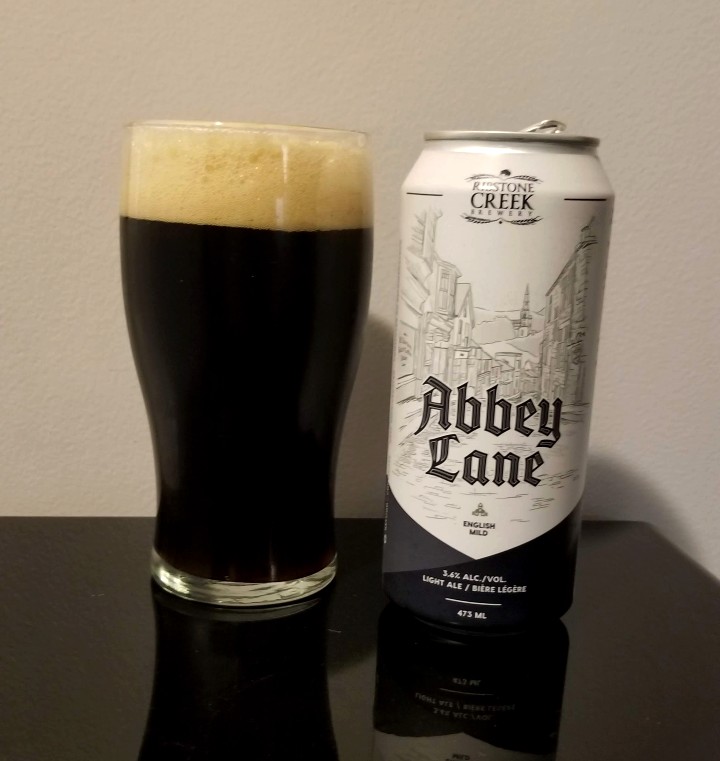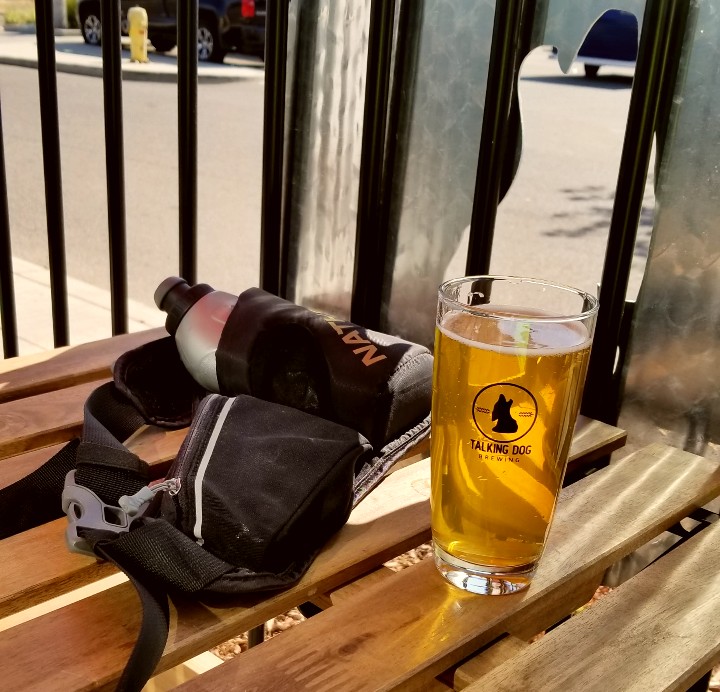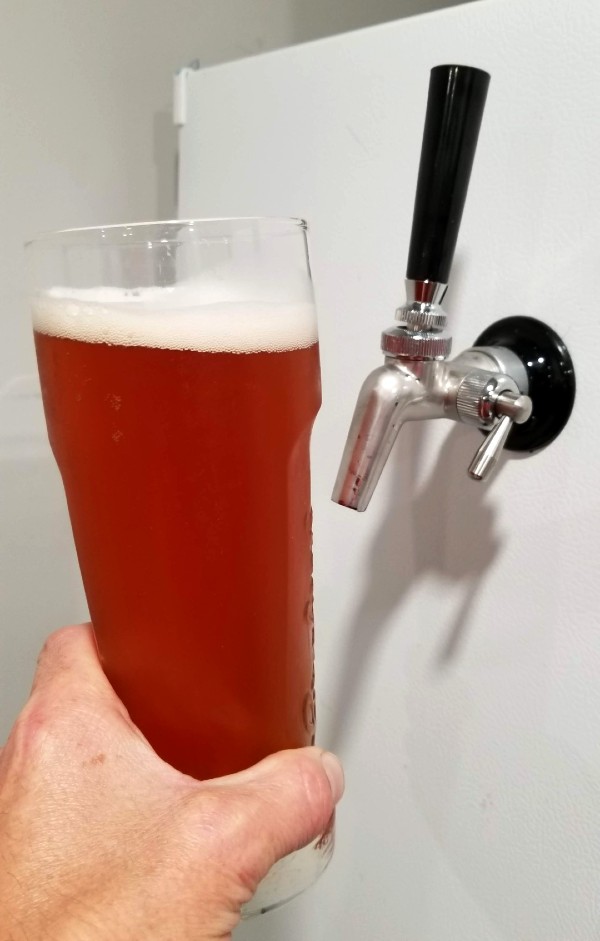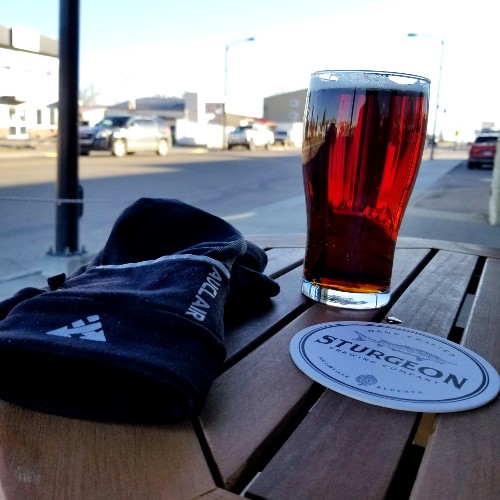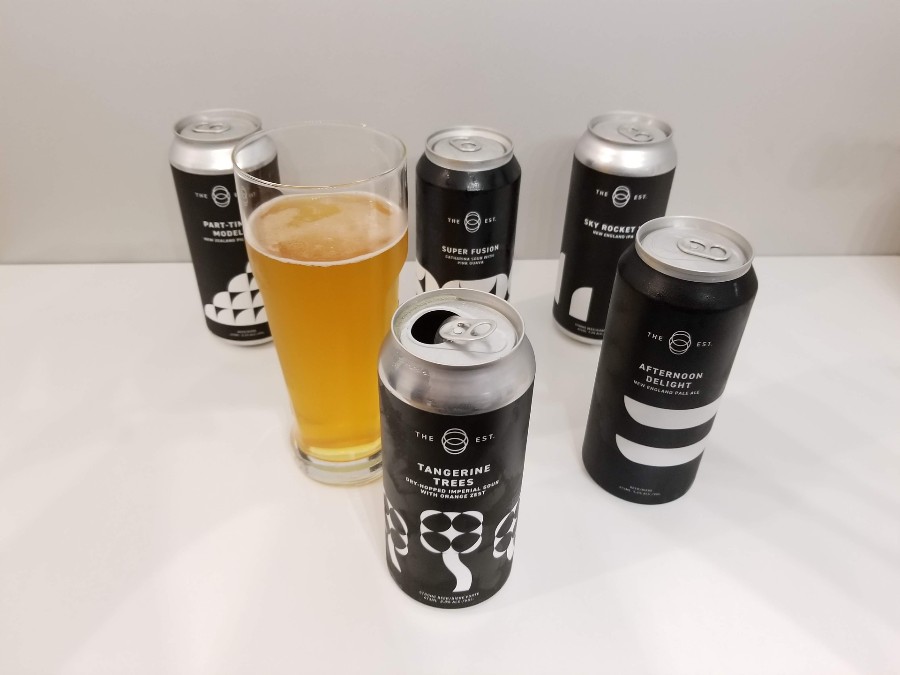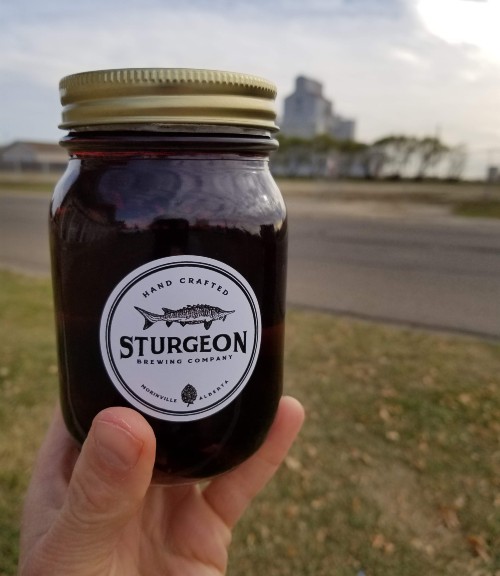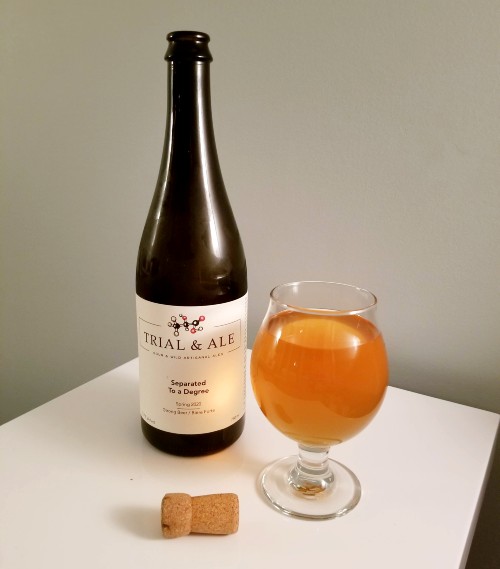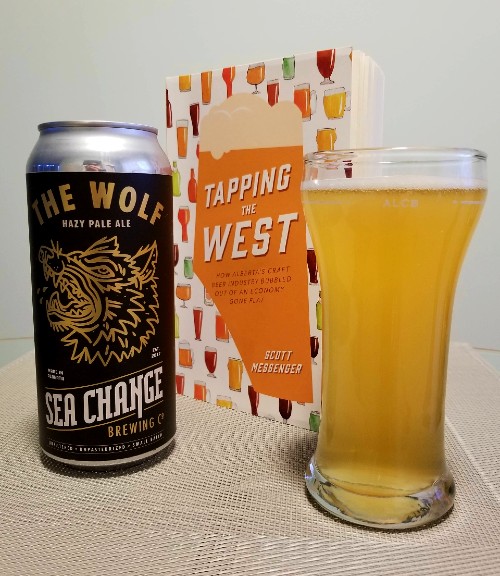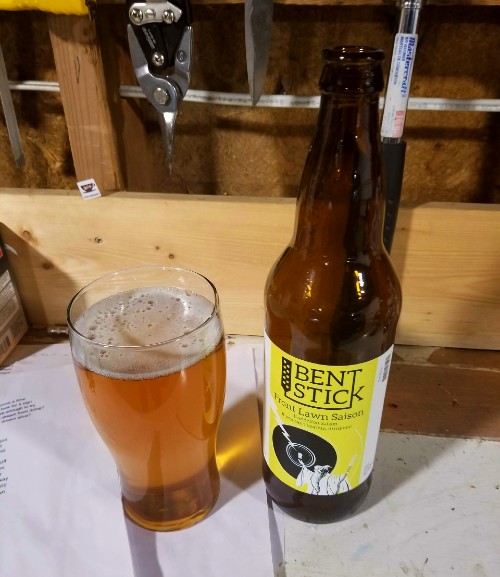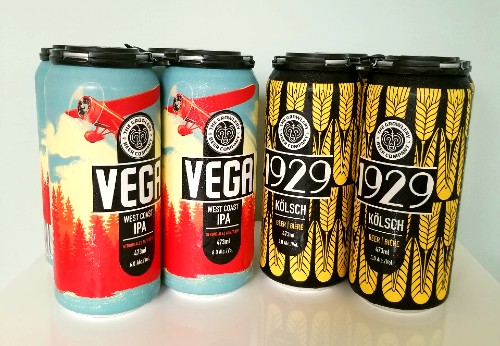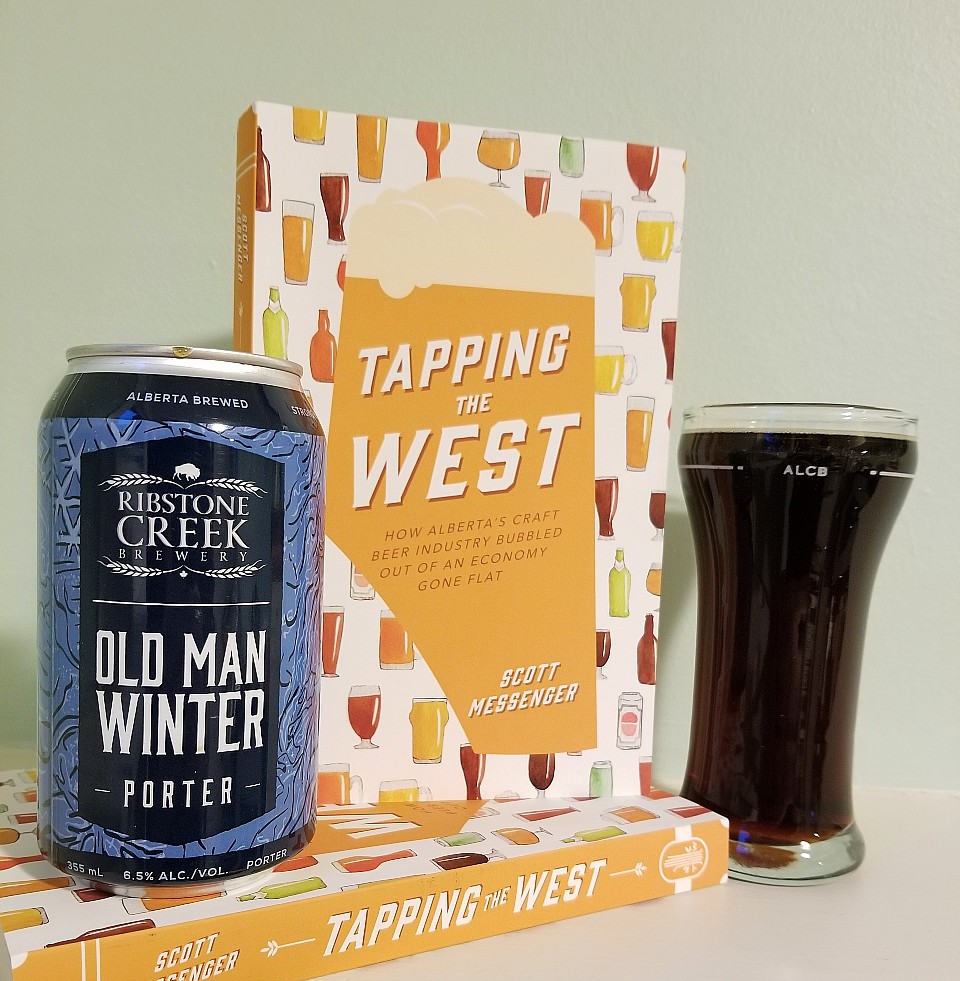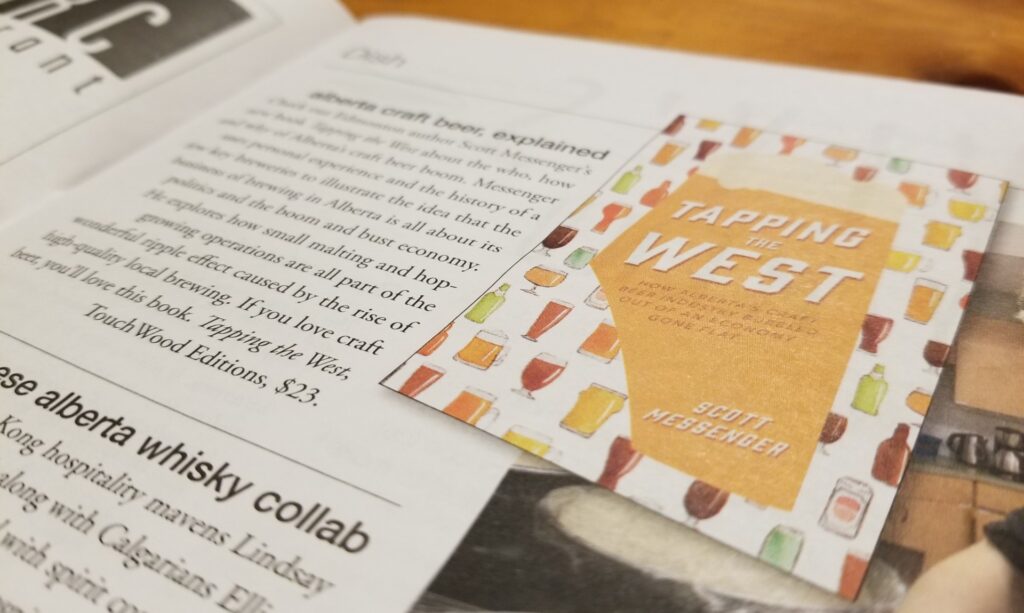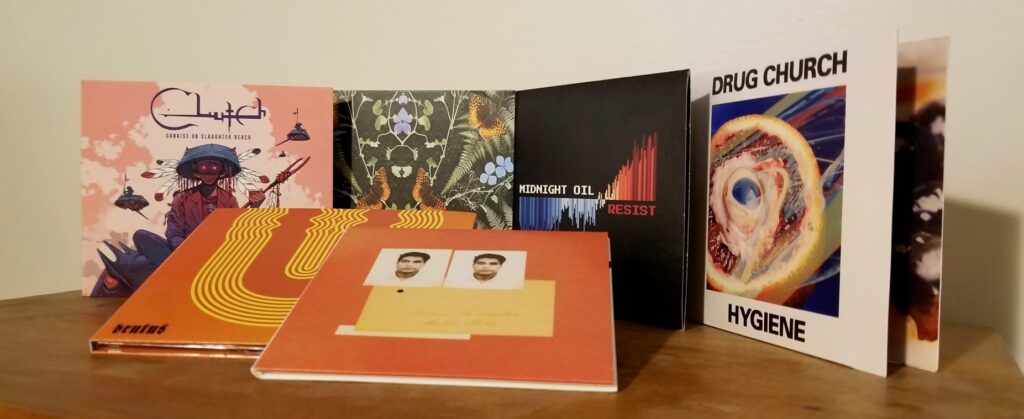
Raise a toast to another great year of music
Choosing 10 favourite albums from 2022 wasn’t easy. Fun, but not easy. In years past, I’d have struggled to fill out the list. The music wasn’t coming out or it simply wasn’t that good.
The difference this year, I believe, is that we’re seeing the artistic outcome of isolation. When musicians got stuck at home, they started writing. As soon as they could, they got back into the studio – and they made some pretty good records.
Really, how could they not be? The world passed through its most immediate existential reckoning in decades. You cannot be unmoved by that.
The difference this year, is that we’re seeing the artistic outcome of isolation.
Once again, I’m raising a toast to those artists. The 10 albums here were a source of comfort, inspiration and even reassurance for me during 2022. What better way to recognize them than with Alberta craft beer? Brewing in the province has become no less of an art. In that sense, the toast extends to the breweries as well.
So cheers! Here’s hoping that 2023 brings a similar level of craft to our music and beer, but without having to go through all the bad stuff to get there.
Aubades, Jean-Michel Blaise – Writer’s Blanc, Trial and Ale Brewing
Jean-Michel Blaise’s latest album took me by surprise. While his early material was sparse but compelling piano arrangements, Aubades coupled those with strings and wind instruments, like a gentle backlash to the sense of aloneness of past recordings.
Calling this album contemporary classical might scare listeners off, but I suppose that’s what it is. But despite, or because of, its refinement it is entirely accessible. I think of Trail and Ale’s Writer’s Blanc the same way – a summer thirst quencher from a brewery that stands apart for its intricate and elegant barrel-aged mix ferments.
Standout track: Yanni
Hygiene, Drug Church – Wave Pool Hazy IPA, ’88 Brewing
Albany, New York’s Drug Church, as you might guess from the name, does not take itself very seriously. Heavily influenced by alt-rock greats Seaweed, the band combines catchy post-hardcore riffs with ironic hipster humour. It asks little and offers a lot – like a wave pool of rock n’ roll!
Hazy IPAs tend to strike me that way: a big splash but not making much of a lasting impression. But this one from ’88 has some depth: a punchbowl helping of pineapple and guava flavours and aromas delicately cut by grapefruit and orange rind. Give Hygiene a spin and see if Wave Pool’s cheerful tropical notes don’t punch through that much more.
Standout track: Super Saturated
Resist, Midnight Oil – Abbey Lane, Ribstone Creek Brewery
I experienced two real heartbreaks this summer: Midnight Oil toured Canada for the last time and Ribstone Creek announced it was shuttering its Edgerton brewery. Maybe both were inevitable. The Oils’ first album came out in 1978 – almost half a century ago. Edgerton is a town 2.5 hours from Edmonton with less than 400 people. The will to carry on will only take you so far.
But I hear that Midnight Oil may still make albums without touring, and that Ribstone beer may still exist despite having no brewery and no taproom. For me, neither will be quite the same, and I’ll miss them both – this flavourful dark mild in particular.
Standout track: Nobody’s Child
Unison, Brutus – Rearrange Us, The Establishment Brewing Co.
Unison is an album of intriguing incongruities. In keeping with the Belgian trio’s previous two records, it’s post-rock that leans hard on melody. When a crack in the wall-of-sound emerges, it’s filled with a shimmering wash of bar chimes. The ethereal voice of Stefanie Mannaerts (who’s also smashing away at the drums) floats over all of it. And, occasionally, the English lyrics reveal the syntactical challenges of writing in a second language.
But it all comes together on Unison. So does Rearrange Us, a sour IPA that brightens the bitterness without burying it.
Standout track: Victoria
Angel in Realtime, Gang of Youths – Good Golden Cream Ale, Talking Dog Brewing
When I heard a track from this album from Australia’s Gang of Youths playing in the grocery store one day, I realized I’d gotten hooked on a gateway band. I should have known – lead singer David Le’aupepe has a voice typical of soundtracks for romantic films that dabble in tragedy but end happily, and there are layers of strings throughout, alternating between poignant and uplifting.
But Le’aupepe also writes lyrics that can make anyone wondering what the “human condition” is all about go, Oh – that’s it.
These are toe-tappers that put a foot in the door between pop and the deeper stuff beyond. And Good Golden Cream Ale is the easygoing, malt-focused pint you give to a buddy when you’re trying to show them how much more the world has to offer.
Standout track: In the Wake of your Leave
Innate Passage, Elder – Hop Gravy, Bent Stick Brewing
What Berlin-based prog-rockers Elder do with a single song, a typical rock band does with an entire album. It’s like they figure that every track will be their last, making each one a sacred repository for every riff, motif, phrase, time change, tempo shift and flourish they can think of. As a result the songs – which are rarely shorter than eight minutes – are immensely and wonderfully complicated.
Hop Gravy, one of my favourite beers of 2022, feels like that to me. A hazy brown IPA? It isn’t exactly pretty, but it has a lot of awesome stuff going on, and worth revisiting to try to parse out the pieces and figure out how they all fit together so unexpectedly well.
Standout track: Coalescence
The Rise, The Rural Alberta Advantage – Blacksmith, Village Brewery
There’s comfort music in the same way that there’s comfort food. It’s what you queue up when you don’t know what else to go to, it’s undemanding, it’s familiar without being boring. But it’s still really good.
The Rural Alberta Advantage has been that for me since the band’s 2009 debut, Hometowns. The Rise, a six-song EP, doesn’t branch off too far from those folk-rock roots, but it’s new growth that’s more mature, more confident, richer. Blacksmith is a homey brown ale featuring roasty, caramel notes that never let me down. Showier beers will always rotate through my fridge, but this one’s a mainstay.
Standout track: Lifetime
Reason in Decline, Archers of Loaf – Czech Pilsner, Brewsters Brewing Co.
Is pilsner the comeback style of our time? When I was a kid, “pil” was just the beer with the bunnies on the side of the can that was in every dad’s hand on a hot summer day. Now, we’re getting reacquainted with it as the crisp, clear, European-inspired affair that it should be, as brewers revisit it as part of a broader, and welcome, lager renaissance.
For me, Brewsters’ entry is a treat for its mineral bite and mild toasty sweetness. Here’s another comeback to embrace: the first album in 24 years from 1990s college-rock darlings Archers of Loaf, Reason in Decline.
Standout track: Breaking Even
Sunrise on Slaughter Beach, Clutch – T2G IPA, The Dandy Brewing Co.
Clutch is an old-school IPA band. Generally, the arrangements are straightforward and instrumentation minimal. But the attack overrides the simplicity, which is especially true of the forceful nine tracks of Sunrise on Slaughter Beach. Lead vocalist Neil Fallon sings every note from the gut, the flagbearer in an onslaught of regimented sound.
A bold, remember-how-simple-things-used-to-be IPA strikes me as similar, requiring just a few ingredients, well used, to make a big impact. I’m going with the Dandy for this one, because of a more mindful balance between hop bitterness, maltiness and citrus than I find in some of its local contemporaries. Like Clutch, it’s assertive but intentional.
Standout track: Skeletons on Mars
Deathwestern, Spiritworld – Homebrew
Who likes Slayer? From 1983’s Show no Mercy to 2015’s Repentless, you can hear all of it on Deathwestern, the sophomore release from Spiritworld, a metal act out of Las Vegas. I miss Slayer terribly, and this album brings back all those warm, fuzzy, heavily distorted feelings I’d get when spinning one of those dark old discs.
It’s not a pale imitator, mind you. This feels edgier than Slayer, more urgent, more like a band with something to prove. So I’m pairing it with my own homebrew – doesn’t matter what style – which I always consider an homage to Alberta beer. It will strive hard, though never quite live up (thanks mostly to those “edgy” phenolics).
So, maybe not the best pairing. But I mean well, I really do. So does Spiritworld, and it shows.
Standout track: Purified in Violence
Want more music? Check out my beer and album picks for 2021.


